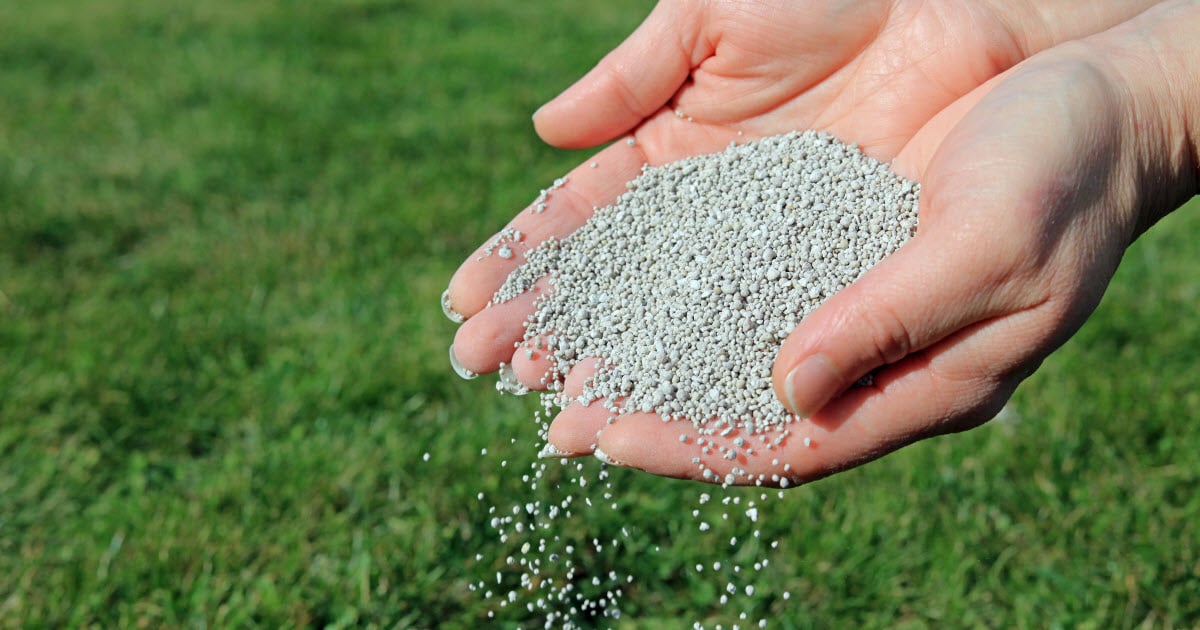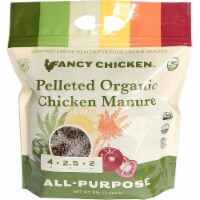Potassium For Lawns: The Key To A Thick Green And Diseaseresistant Lawn
Title: Potassium for Lawns: The Key to a Thick Green and Disease-Resistant Lawn
Introduction:
Potassium is one of the three essential nutrients for lawn health, along with nitrogen and phosphorus. It plays a vital role in many aspects of plant growth and development, including water uptake, nutrient transport, and disease resistance.
A lawn that is deficient in potassium will be more susceptible to drought, heat, and pests. It will also be more likely to develop yellowing or brown patches.
Main Content:
Here are some of the benefits of potassium for lawns:
- Improves water uptake and drought tolerance: Potassium helps plants retain water by strengthening their cell walls. This makes them more resistant to drought and heat stress.
- Increases nutrient transport: Potassium helps transport nutrients throughout the plant, which is essential for healthy growth.
- Boosts disease resistance: Potassium helps plants produce antioxidants, which protect them from damage caused by pests and diseases.
- Promotes root growth: Potassium helps roots grow deeper, which makes the plant more stable and better able to absorb water and nutrients.
- Improves overall health and appearance: A lawn that is well-supplied with potassium will be thicker, greener, and more resistant to damage.
How to Apply Potassium to Your Lawn:
There are a few different ways to apply potassium to your lawn. You can use a granular fertilizer, a liquid fertilizer, or a foliar spray.
If you are using a granular fertilizer, apply it according to the directions on the label. Be sure to water the fertilizer in thoroughly after application.
If you are using a liquid fertilizer, dilute it according to the directions on the label and apply it with a hose-end sprayer.
If you are using a foliar spray, apply it to the leaves of your grass. Be sure to water the leaves thoroughly after application.
When to Apply Potassium to Your Lawn:
The best time to apply potassium to your lawn is in the spring or fall. This is when the grass is actively growing and will benefit most from the nutrients.
How Much Potassium Does Your Lawn Need?:
The amount of potassium your lawn needs will depend on the type of grass you have and the condition of your soil. A soil test can help you determine how much potassium your lawn needs.
Conclusion:
Potassium is an essential nutrient for lawn health. By applying potassium to your lawn regularly, you can help it stay thick, green, and disease-resistant.
visit Home Gardening for a comprehensive guide.
FAQ of potassium for lawns
- What is potassium and why is it important for lawns?
Potassium is a nutrient that is essential for plant growth. It helps to strengthen cell walls, improve water retention, and resist stress. Potassium deficiency can cause yellowing leaves, wilting, and increased susceptibility to disease.
- How do I know if my lawn needs potassium?
You can have your soil tested to determine the potassium levels in your soil. A soil test will also tell you how much potassium your lawn needs.
- When is the best time to add potassium to my lawn?
The best time to add potassium to your lawn is in the fall. This will help your lawn to prepare for the winter. You can also add potassium in the spring, but it is not as important as adding it in the fall.
- What are some good sources of potassium for lawns?
There are a number of good sources of potassium for lawns. Some common sources include:
* Fertilizer: There are many fertilizers that contain potassium. When choosing a fertilizer, look for one that has a high potassium content.
* Organic matter: Compost, manure, and other organic matter can provide potassium to lawns.
* Wood ash: Wood ash is a good source of potassium that is also naturally alkaline. This can help to improve the pH of your soil.
- How much potassium should I add to my lawn?
The amount of potassium you need to add to your lawn will depend on the results of your soil test. However, a general rule of thumb is to add 1 pound of potassium per 1,000 square feet of lawn.
- Can I add potassium to my lawn too much?
It is possible to add too much potassium to your lawn. Too much potassium can interfere with the absorption of other nutrients. However, it is very unlikely that you will add too much potassium by following the recommended rates.
Image of potassium for lawns
- Potassium fertilizer granules. These granules are a common way to add potassium to lawns.

- Potassium sulfate crystals. These crystals are another way to add potassium to lawns.

- Wood ash. Wood ash is a natural source of potassium that can be added to lawns.

- Fish emulsion. Fish emulsion is a liquid fertilizer that contains potassium.

- Kelp meal. Kelp meal is a natural fertilizer that contains potassium.
- Compost. Compost is a good source of potassium and other nutrients for lawns.

- Blood meal. Blood meal is a high-nitrogen fertilizer that also contains potassium.

- Bone meal. Bone meal is a high-phosphorus fertilizer that also contains potassium.

- Chicken manure. Chicken manure is a high-nitrogen fertilizer that also contains potassium.
- Alfalfa meal. Alfalfa meal is a high-nitrogen fertilizer that also contains potassium.



Post a Comment for "Potassium For Lawns: The Key To A Thick Green And Diseaseresistant Lawn"